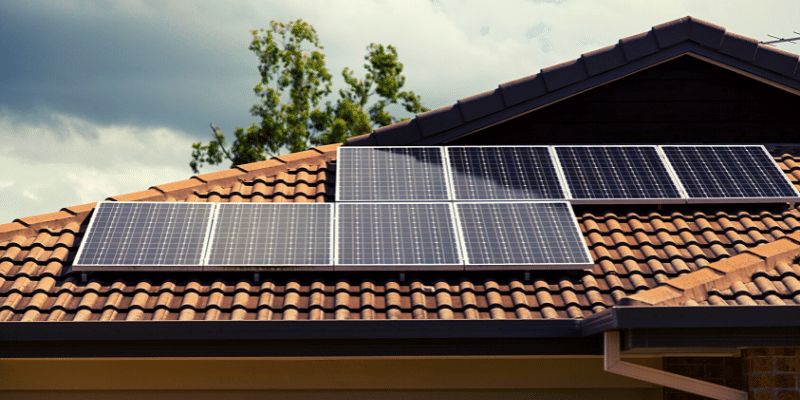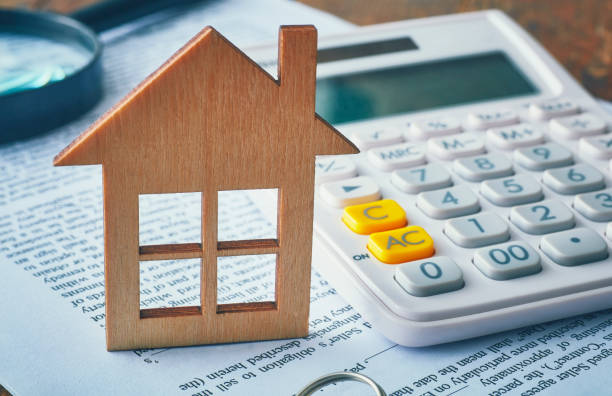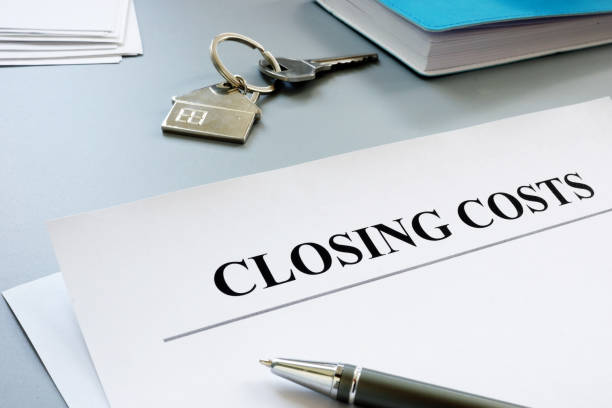Homeowners Associations (HOAs) are a great way to ensure your community is well maintained and cared for, but they can also come with some drawbacks. HOAs are designed to maintain and enhance the quality of life for homeowners within a specific area.
By creating and enforcing community standards, as well as providing amenities such as recreational facilities, HOAs can be beneficial to homeowners, and many of the best subdivisions have them. On the other hand, there are some potential downsides to consider, such as extra fees, restrictions on what owners can do with their property, and limited control over the HOA board.
Whether your primary residence or a second home In this article, we will explore the pros and cons of Homeowners Associations and help you decide if a neighborhood with an HOA is right for you.
Overview of Homeowners Associations (HOAs)
Homeowners associations, commonly referred to as HOAs, are organizations that set and enforce rules for residents and properties within a community. In addition, the HOA is responsible for maintaining and managing common areas, and any other properties shared by residents. They can be found in certain subdivisions, planned communities, and multi-unit condominium buildings.
When a buyer invests in a property in an HOA’s jurisdiction, the property owner automatically becomes a member of that association and is required to pay dues, known as HOA fees. They are also agreeing to follow any and all rules that HOA has set forth for the community. Certain HOAs allow their residents a fair amount of freedom when it comes to what they can do with their homes, whereas some are far more restrictive.

The Pros of an HOA
The HOA manages the commons areas
Living in a community that has an HOA offers the benefit of having the management of the common areas. This could include landscaping, the pool area and barbecue areas.
These spaces can be used and enjoyed without having to worry about upkeep. HOAs may also take care of the landscaping front to each unit. However, many times homeowners are still responsible for the landscaping in their backyard.
The HOA may maintain the exterior of the home
HOAs may also take care of the exterior of the homes in the area. This can include power washing the exterior of homes and maintaining their roofs and fences.
You could save thousands of dollars if you buy a property in an HOA community. However, there are limitations on what the HOA can do regarding your property.
Repairs within your home’s walls are usually your responsibility. Depending on the association, you might be responsible for the maintenance of your windows and doors.
The HOA mediates problems between neighbors
If there are problems between neighbors, a homeowner’s association can help. If you see another resident violating any rule or regulation, the association can be a mediator.
Instead of arguing with your neighbor and risking tension, contact your homeowner’s association. They will contact your neighbor and attempt to resolve any issues.
Cons of the Homeowner’s Association
There are monthly fees
In order to pay for the maintenance to common areas and properties, an HOA collects monthly or annual fees. The fees can vary significantly depending on which amenities are available to homeowners. It is not uncommon for HOA fees to reach $1,000 monthly in luxury communities.
It’s important to remember that HOA fees are not set in stone and can change over time for a number of reasons. The costs of maintaining the property may change, or new amenities may be added over time, which can cause an increase in the fees the association will need to collect.
Not paying your fees can have massive repercussions
Paying your HOA fees is vital. You could be at risk of foreclosure if you default on HOA fees. Even if the state you live in doesn’t permit foreclosures in these situations, the amount you owe to HOA fees will continue to grow and may accrue interest until they are paid.
It is crucial that all residents of the community pay their fees. Insufficient funds can be generated if the HOA fails to collect enough money from the residents. The community may have to fire its property manager and suffer a decline in appearance and condition. This could have a negative effect on property value.
Rules and regulations are required by the HOA
HOA fees may seem minor, especially if you can afford them. Even if you are okay with the HOA fees, it is important to understand that they have rules regarding the appearance of your home.
The HOA can decide everything from what color shutters and front doors can be painted, to what type of windows and front doors you can have. The association may also place restrictions on exterior decor or limit the number of vehicles that you can park in the neighborhood. A fine could be issued for violating the rules and regulations of the community.
Helpful tips
Check out the Governing Documents
Although it may seem tedious, it is important to review the HOA’s bylaws and amendments, covenants/rules/regulations, as well as articles of incorporation. Particular attention should be paid to specific items, such as paint colors, architectural approval, landscaping rules and rental property restrictions.
Check out the financials
To review the financials of a HOA, you don’t need to be an accountant. To ensure that the HOA is financially sound, you can request the most recent financial statements. Reserve funds are money that is used to repair large-ticket items such as sidewalks and other common areas. A HOA should have a reserve fund that is sufficient to cover unexpected repairs.
Get an itemized list of dues
You should be aware of how HOA fees are allocated if you plan to pay one. Is garbage collection included? What about snow removal? Will funds be allocated to neighborhood parties? You should always know where your money is going. To see if there has been a significant increase in dues, look closely at the past few years. Although HOAs tend to increase their dues by a percentage every year, it is important to know the trends for your specific association.
Conclusion
It’s important to do your research when thinking about moving to any new community. Now that you know some of the pros and cons of HOAs, you can decide for yourself whether the benefits outweigh the drawbacks and make the best decision for you and your family.














